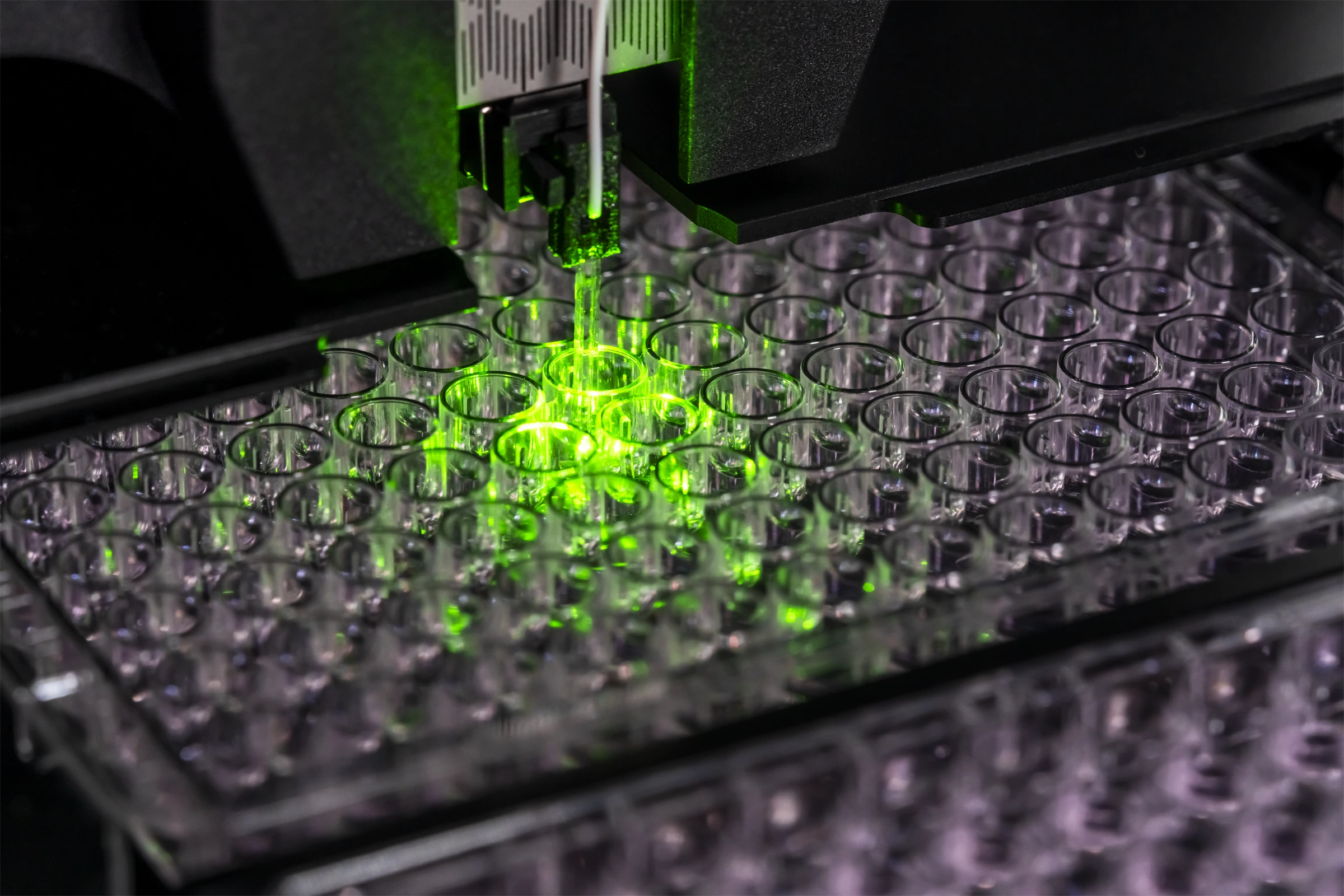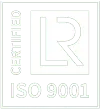© 2024 Optics11 Life B.V
At Optics11 Life, we’re excited to present a new case study featuring groundbreaking research from PhD candidate Pepijn Saraber and Dr. ir. Koen Reesink, Associate Professor at the Cardiovascular Research Institute Maastricht (CARIM) and Maastricht University Medical Centre (MUMC+). Their project, CELLSYSTEMICS, delves into the intricate regulatory mechanisms governing vascular tissue integrity during disease development.
PhD candidate Pepijn Saraber and Dr.ir. Koen Reesink, Associate Professor at the Cardiovascular Research Institute Maastricht (CARIM) and Maastricht University Medical Centre (MUMC+), are engaged in the multidisciplinary public-private partnership project CELLSYSTEMICS. The study seeks to explain the regulatory mechanisms governing vascular tissue integrity during disease development. Optics11 Life, as an industry partner, contributes its expertise in high-resolution indentation- and stretch-based measurement using Pavone.
The research by CELLSYSTEMICS delves deep into the mechanobiology of vascular smooth muscle cells at various levels of interaction: intra-cellular, inter-cellular, and cell-matrix. “We use the Pavone because of its ability to measure locally and specifically individual cells while also enabling measurements at macro-scale facilitated by the probe size we use,” explains Saraber. He adds, “What is very interesting is doing a matrix scan of a patient’s tissue sample. The heterogeneity across the tissue is pretty much uncharted territory in studying the mechanobiology underlying aortic aneurysm formation and dissection.”

“Because we run comprehensive and thus lengthy tests to answer our research questions, tight control of environmental variables is crucial.”
According to Dr. Reesink, actual progress in creating advances in mechanobiology relies on genuine collaboration. “We are creating a technology platform to advance mechanical characterization and stimulation aspects of mechanobiology; the real partnership with Optics11 Life is key because managing product IP, prototyping, expert support, quality control, and so on, is beyond the academic primary process,” he emphasizes. This collaboration extends further, combining Optics11 Life’s Pavone platform with the Line REscan NL5 high-framerate confocal microscopy functionality. “The scientific benefit is that coherent co-registration of, e.g., fluorescently labeled protein expression and stiffness of the cell-under-test is now possible. Using such approaches, we should be better able to disentangle the complex regulatory functions of smooth muscle cells.” Saraber and Dr. Reesink passionately claim, “…with Dr. Dilan Öztürk of the Control Systems Group at partner TU/e, Optics11 Life is piloting next-generation Pavone indentation protocols to study smooth muscle cell dynamics even more in-depth.”
Saraber emphasizes the significance of Pavone’s environmental control module for long-term experiments. “If I did not have the environmental control module, the conditions I would be measuring at the start of my experiment would not remain comparable at the last stage. Differences in temperature, oxygen concentration, and humidity will complicate or limit the interpretation of the data,” shares Saraber. He continues, “Frankly, I would also face dying cells. Because we run comprehensive and thus lengthy tests to answer our research questions, tight control of environmental variables is crucial.”
Looking ahead, CELLSYSTEMICS researchers envision cellular system dynamics as a biomarker to improve the management of vascular disease. “The concept is that a patient’s immanent cellular behavior could predict pathology,” affirms Dr. Reesink.
Next-generation dynamic cell stiffness measurements on the Pavone platform using multisine broadband excitation (spectral response illustrated).
Acknowledgements
Part of the work is financially supported by the Public Private Partnership Allowance made available by HealthHolland, Top-Sector Life Sciences, and Health to the Association of Collaborating Health Foundations (SGF) to stimulate public-private partnerships and by ZonMW, grant LSHM21078-SGF “CELLSYSTEMICS.”
www.health-holland.com/project/2022/2022/how-get-cells-talking
CELLSYSTEMICS partners are the Depts. Biomedical Engineering, Biochemistry, and Cardiothoracic Surgery | MUMC+; Control Systems Group, Dept. Electrical Engineering | TU/e; Optics11 Life; Confocal.nl; HCM Medical; BioSPX; STEMCELL Technologies; Contactgroup Marfan Netherlands.
Acknowledgments: This work is supported by Health-Holland, Top-Sector Life Sciences, and Health, and by ZonMW, grant LSHM21078-SGF “CELLSYSTEMICS.” Partners include CARIM, MUMC+, TU/e, Optics11 Life, Confocal.nl, HCM Medical, BioSPX, STEMCELL Technologies, and the Contactgroup Marfan Netherlands

